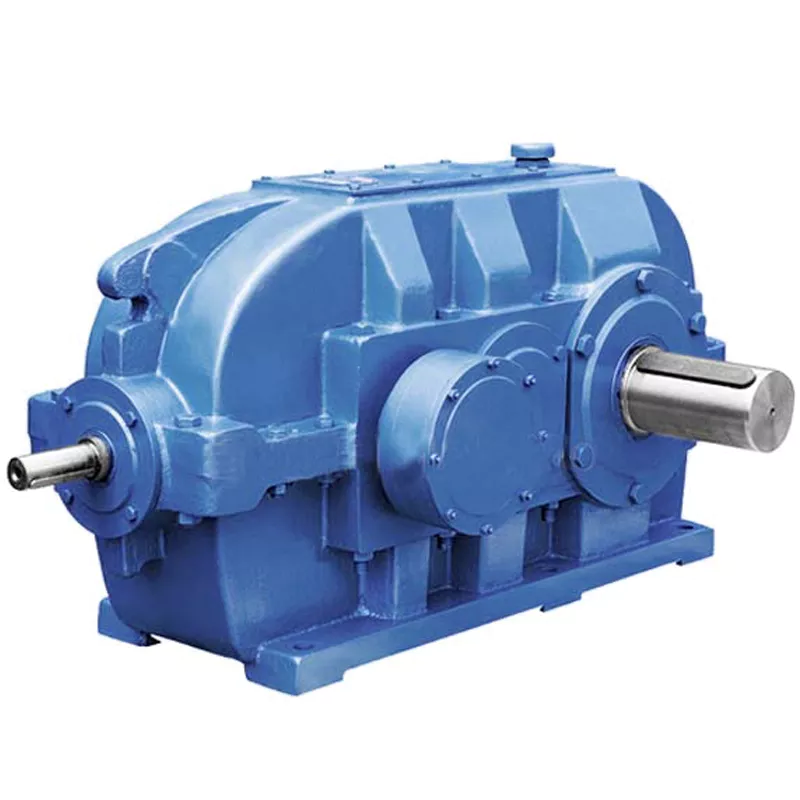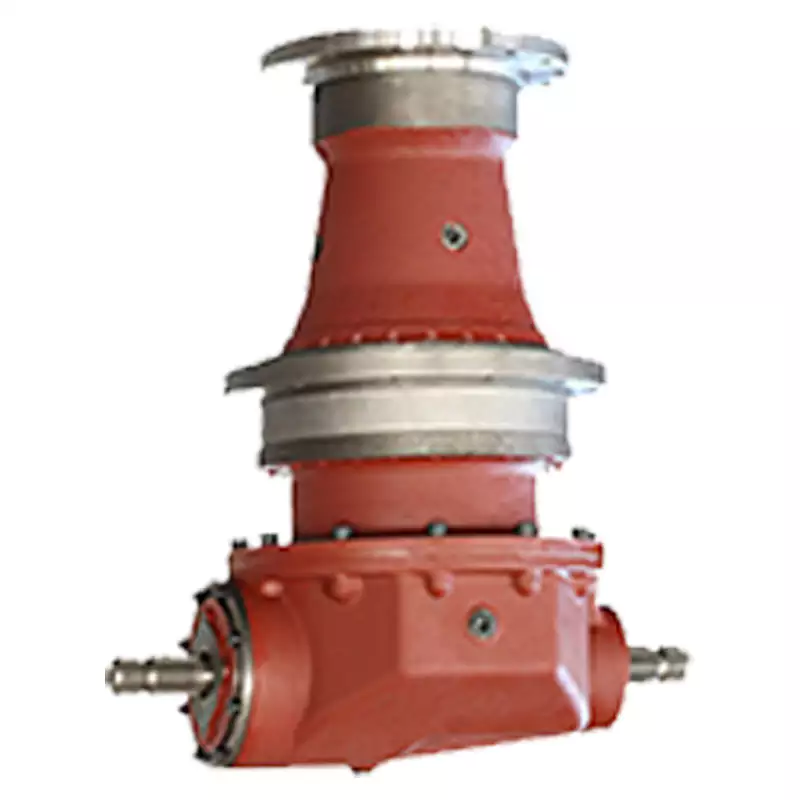Produktbeschreibung
F Series Helical Parallel Shaft Gearmotors
Produktbeschreibung
F Series Helical Parallel Shaft Gearmotors Belt Conveyor Reduce Motor is an excellent choice for belt conveyor applications.
A wide range of mounting positions and variants enable a broad spectrum of applications even under difficult installation conditions – without having to compromise on the performance. And what applies to many of our gear units: long operating lives without maintenance and wear-free gearing with a high fatigue strength.
Produktparameter
1. F series CHINAMFG shaft output type: F37 reducer, F47 reducer, F57 reducer, F67 reducer, F77 reducer, F87 reducer, F97 reducer, F107 reducer, F127 reducer, F157 reducer
2. F series hollow shaft output type FA37 reducer, FA47 reducer, FA57 reducer, FA67 reducer, FA77 reducer, FA87 reducer, FA97 reducer, FA107 reducer, FA127 reducer, FA157 reducer
3. F series CHINAMFG shaft with flange output type: FF37 reducer, FF47 reducer, FF57 reducer, FF67 reducer, FF77 reducer, FF87 reducer, FF97 reducer, FF107 reducer, FF127 reducer, FF157 reducer
4. F series hollow shaft with flange output type: FAF37 reducer, FAF47 reducer, FAF57 reducer, FAF67 reducer, FAF77 reducer Machine, FAF87 reducer, FAF97 reducer, FAF107 reducer, FAF127 reducer, FAF157 reducer.
|
Type |
Parallel Shaft Helical Gearbox / Reducer |
|
Modell |
F37-F157 |
|
Mounting Position |
Flange, hollow shaft, CHINAMFG shaft |
|
Effizienz |
94%~98% (abhängig von der Getriebestufe) |
|
Material |
Housing: HT250 high strength cast iron |
|
Gear: 20CrMnTi |
|
|
Surface hardness of gears |
HRC58~62 |
|
Werkstoff der Eingangs-/Ausgangswelle |
40Cr |
|
Machining precision of gears |
Accurate grinding, 6 grade |
|
Garantie |
1 Year |
|
Input Power |
0.09kw,0.18kw,1.1KW,1.5KW,2.2KW,3KW,4KW,5.5KW,7.5KW, 11Kw and so on. |
|
Usages |
Industrial Machine: Food Stuff, Ceramics, CHEMICAL, Packing, Dyeing, Wood working, Glass. |
|
IEC Flange |
IEC standard flange |
|
Lubricant oil |
Gear oil |
Material
1.Box body: HT250 high-strength cast iron, injection-shaped inner cavity, effectively reduce parts wear;
2.Gear: 20CrMo alloy steel, carbon-nitrogen co-infiltration treatment (maintain tooth surface hardness HRC60 after fine grinding);
3.Flat key: 45 steel, surface hardness HRC50.
Product Application
Production Facilities
Häufig gestellte Fragen
1. Can you customize according to our requirements?
Yes, we can design nonstandard products according to customer’s drawing and sample.
2.What ‘s your product range?
speed reducer,gearbox,gear motor,pump,crusher
3. Reason why we buy from you?
Wth over 20 years of production experience and credibility. With professional engineer team, advanced technology production and skilled workers.Specialized in the production of reducer. Map sample processing business can be undertaken.
Packing Details
/* October 22, 2571 15:47:17 */(()=>{function d(e,r){var a,o={};try{e&&e.split(“,”).forEach(function(e,t){e&&(a=e.match(/(.*?):(.*)$/))&&1

Wie verbessern Getriebe die Effizienz von Fördersystemen und Robotern?
Getriebe spielen eine wichtige Rolle bei der Effizienzsteigerung von Förderanlagen und Robotern, indem sie Geschwindigkeit, Drehmoment und Steuerung optimieren. So tragen sie dazu bei:
Fördersysteme:
In Förderanlagen verbessern Getriebe die Effizienz auf folgende Weise:
- Geschwindigkeitsregelung: Getriebeuntersetzungsgetriebe ermöglichen eine präzise Steuerung der Drehzahl von Förderbändern und gewährleisten so, dass die Materialien mit der gewünschten Geschwindigkeit transportiert werden, um effiziente Produktionsprozesse zu ermöglichen.
- Drehmomenteinstellung: Durch die Anpassung der Übersetzungsverhältnisse liefern Getriebe das notwendige Drehmoment, um unterschiedliche Lasten zu bewältigen und eine Überlastung zu verhindern, wodurch Energieverschwendung minimiert wird.
- Umgekehrte Funktionsweise: Getriebeuntersetzungsgetriebe ermöglichen eine reibungslose bidirektionale Bewegung von Förderbändern und erleichtern so Aufgaben wie Be- und Entladen sowie die Verteilung, ohne dass zusätzliche Komponenten erforderlich sind.
- Synchronisation: Getriebeuntersetzungsgetriebe gewährleisten die synchronisierte Bewegung mehrerer Förderbänder in komplexen Systemen, optimieren den Materialfluss und minimieren Staus oder Engpässe.
Robotik:
In der Robotik steigern Getriebe die Effizienz auf folgende Weise:
- Präzisionswerk: Getriebeuntersetzungsgetriebe ermöglichen eine präzise Steuerung der Bewegung von Robotergelenken und -armen und somit eine genaue Positionierung und Manipulation von Objekten.
- Reduzierte Trägheit: Getriebeuntersetzungsgetriebe tragen dazu bei, die Trägheit der Roboterkomponenten zu verringern und ermöglichen so schnellere und reaktionsschnellere Bewegungen bei gleichzeitiger Energieeinsparung.
- Kompaktes Design: Getriebeuntersetzungsgetriebe bieten eine kompakte und leichte Lösung zur Realisierung verschiedener Bewegungsprofile in Robotersystemen und ermöglichen so eine effiziente Nutzung von Platz und Ressourcen.
- Drehmomentverstärkung: Durch die Verstärkung des Drehmoments des Motors ermöglichen Getriebe den Robotern, schwerere Lasten zu bewältigen und Aufgaben auszuführen, die mehr Kraft erfordern, wodurch ihre Gesamtleistungsfähigkeit gesteigert wird.
Durch die Bereitstellung präziser Drehzahlregelung, Drehmomentanpassung und zuverlässiger Bewegungsübertragung optimieren Getriebe die Leistung von Fördersystemen und Robotern, was zu verbesserter Effizienz, reduziertem Energieverbrauch und erweiterten Betriebsfähigkeiten führt.

What maintenance practices are essential for prolonging the lifespan of gear reducers?
Proper maintenance is crucial for extending the lifespan and ensuring optimal performance of gear reducers. Here are essential maintenance practices:
- 1. Lubrication: Regular lubrication of gear reducers is vital to reduce friction, wear, and heat generation. Use the recommended lubricant and follow the manufacturer’s guidelines for lubrication intervals.
- 2. Inspection: Routinely inspect gear reducers for signs of wear, damage, or leaks. Check for unusual noises, vibrations, or temperature increases during operation.
- 3. Alignment: Ensure proper alignment of the input and output shafts. Misalignment can lead to increased wear, noise, and reduced efficiency. Align the components according to the manufacturer’s specifications.
- 4. Cooling and Ventilation: Maintain proper cooling and ventilation to prevent overheating. Ensure that cooling fans and vents are clean and unobstructed.
- 5. Seal Maintenance: Inspect and replace seals as needed to prevent contaminants from entering the gear reducer. Contaminants can lead to accelerated wear and reduced performance.
- 6. Bolts and Fasteners: Regularly check and tighten bolts and fasteners to prevent loosening during operation, which can cause misalignment or component damage.
- 7. Replacing Worn Components: Replace worn or damaged components, such as gears, bearings, and seals, with genuine parts from the manufacturer.
- 8. Vibration Analysis: Conduct periodic vibration analysis to identify potential issues early. Excessive vibration can indicate misalignment or component wear.
- 9. Maintenance Records: Keep detailed maintenance records, including lubrication schedules, inspection dates, and component replacements. This helps track the history of the gear reducer and aids in future maintenance planning.
- 10. Training: Provide proper training to maintenance personnel on gear reducer maintenance and troubleshooting techniques.
By adhering to these maintenance practices, you can maximize the lifespan of your gear reducers, minimize downtime, and ensure reliable operation in your industrial processes.

How do gear reducers handle variations in input and output speeds?
Gear reducers are designed to handle variations in input and output speeds through the use of different gear ratios and configurations. They achieve this by utilizing intermeshing gears of varying sizes to transmit torque and control rotational speed.
The basic principle involves connecting two or more gears with different numbers of teeth. When a larger gear (driving gear) engages with a smaller gear (driven gear), the rotational speed of the driven gear decreases while the torque increases. This reduction in speed and increase in torque enable gear reducers to efficiently adapt to variations in input and output speeds.
The gear ratio is a critical factor in determining how much the speed and torque change. It is calculated by dividing the number of teeth on the driven gear by the number of teeth on the driving gear. A higher gear ratio results in a greater reduction in speed and a proportionate increase in torque.
Planetary gear reducers, a common type, use a combination of gears including sun gears, planet gears, and ring gears to achieve different speed reductions and torque enhancements. This design provides versatility in handling variations in speed and torque requirements.
In summary, gear reducers handle variations in input and output speeds by using specific gear ratios and gear arrangements that enable them to efficiently transmit power and control motion characteristics according to the application’s needs.


editor by lmc 2024-11-27